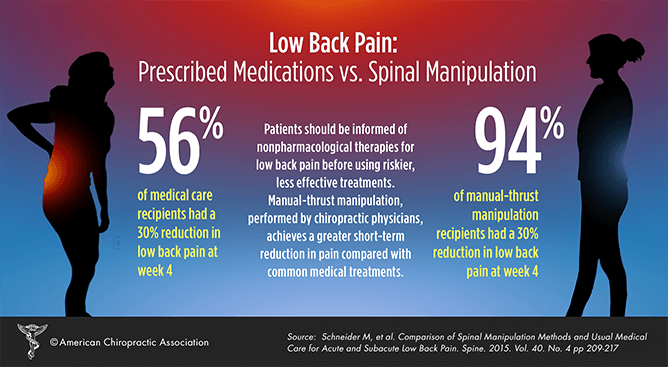Just When You Believe Relief Is Near, Soft Tissue Therapy Exposes Its Uncomfortable Facts-- Uncover Why The Procedure Can Be Unpleasant Yet Advantageous
Just When You Believe Relief Is Near, Soft Tissue Therapy Exposes Its Uncomfortable Facts-- Uncover Why The Procedure Can Be Unpleasant Yet Advantageous
Blog Article
Web Content Created By-Waddell Saleh
When you go through soft Tissue treatment, you could discover it surprisingly uncomfortable. This pain occurs as stress is related to strained muscular tissues and damaged cells, activating your discomfort receptors. While it can feel distressing in the minute, there's a reason behind this experience. Recognizing what takes place in your body throughout these treatments can help you appreciate the process. So, exactly what is taking auto injury chiropractor st paul below the surface?
The Physiology of Pain Throughout Soft Tissue Therapy
When you undertake soft Tissue therapy, your body's feedback to pain is an intricate interaction of physical processes. As the specialist applies stress, your body turns on pain receptors, sending signals to your brain. This activates the launch of natural chemicals, such as substance P and glutamate, which intensify the sensation of pain.
Your muscles might likewise tense up in feedback, further making complex the experience. On top of that, your body might release endorphins, all-natural pain relievers that can aid alleviate some pain.
The interaction between these processes can produce a special experience for each person. Comprehending this physical action aids you browse the feelings throughout treatment, permitting you to value the balance between pain and the capacity for healing benefits.
The Role of Pain in the Recovery Refine
Although pain throughout soft Tissue therapy can really feel frustrating, it plays a crucial function in the healing procedure. When you experience discomfort, your body is signifying that it's working to repair damaged cells. This feedback aids boost blood flow to the damaged location, supplying vital nutrients and oxygen required for recovery.
Furthermore, discomfort can advertise the launch of endorphins, your body's all-natural pain relievers, developing a feeling of alleviation post-treatment. Welcoming this pain can help you recognize your body's limits and encourage you to attend to underlying issues.
While it's awkward now, this procedure is crucial for long-term healing and enhanced function. Identifying pain as an important part of recovery can equip you to stay devoted to your therapy.
Tips for Managing Discomfort Throughout and After Therapy
Taking care of discomfort during and after soft Tissue treatment can dramatically boost your general experience and recovery.
To start, communicate openly with your therapist regarding your pain levels; they can readjust methods accordingly. Making use of deep breathing strategies can also help you loosen up and reduce pain.
Consider applying ice to the treated location post-session to decrease inflammation and numb discomfort. Remaining hydrated help in the recuperation procedure, so drink lots of water.
Gentle stretching and light movement after treatment can promote blood flow and ease rigidity. Last but not least, guarantee you obtain adequate remainder to allow your body to recover.
Implementing these tips can make your soft Tissue treatment a lot more workable and pleasurable.
Conclusion
In conclusion, while soft Tissue treatment can be uncomfortable, it's vital to acknowledge that this discomfort plays a crucial duty in your recovery journey. By recognizing additional Info at play, you can approach the therapy with a much more positive way of thinking. Keep in mind, the preliminary discomfort frequently gives way to alleviation as your body releases endorphins. Embrace the procedure, and do not think twice to utilize the pointers for taking care of pain to boost your experience and recuperation.
